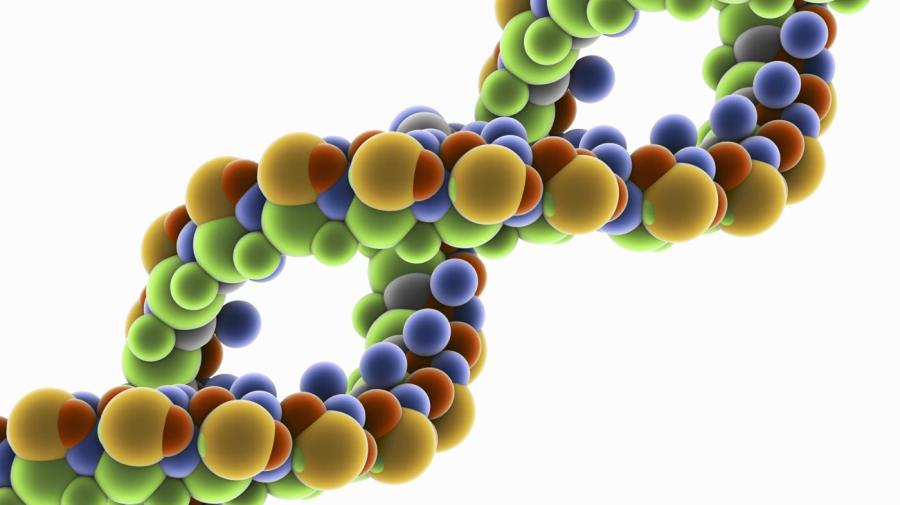What Happens During DNA Replication?

During DNA replication, two strands of DNA separate, and each separate strand forms a template to make a new strand. The replication process results in the formation of two identical molecules, containing one strand from the original piece of DNA and one newly synthesized strand.
DNA contains all instructions for making protein in the body and information about a person’s physical characteristics, such as eye color and hair color. The protein in a DNA molecule is encoded by a gene, which specifies the order and types of amino acids that must be put together to make a protein. During DNA replication, there are a set of single-stranded binding proteins that are used to stabilize the separated strands.
DNA replication occurs each time a cell divides. During this process, a cell duplicates its chromosomal DNA into separate cells with the same genetic information in a process known as chromosome segregation. The protein in DNA consists of a long chain of chemicals called amino acids. These acids are essential in carrying out chemical reactions in the body, removing poisonous toxins, transporting oxygen through the bloodstream and maintaining hormonal balance. According to HowStuffWorks, the human genome contains 50,000 to 100,000 genes. DNA sequences also form complex 3-dimensional structures, such as telomeres, centromeres and ribosomal DNA.





